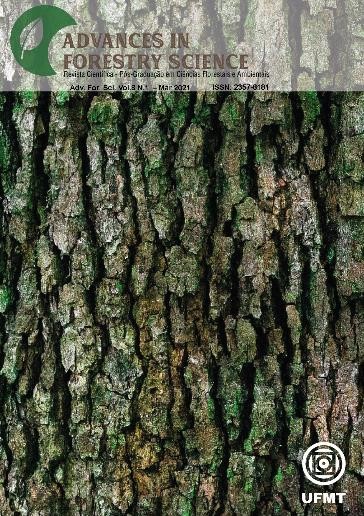Tree Cutting Productivity Indexes in a Community Forest Management Area in The Brazilian Amazon
DOI:
https://doi.org/10.34062/afs.v8i1.11502Abstract
The Amazon is known worldwide not only for its wealth, but also for the predatory exploitation of wood, which culminates in deforestation or degradation of the remaining vegetation. To try to reverse this situation, for a few decades, investments have been made in community-based forest management (CFM) such as the Joint Cooperative of Flona do Tapajos, which is a reference in this type of management. As in other projects it is necessary to evaluate of management activities, to improve efficiencies and management by companies. Therefore, the objective of the study was to evaluate the productivity of the forest harvest in a CFM in the Tapajos National Forest, generating average productivity coefficients for the felling activity based on ten years of harvest. The data used came from the Annual Operational Plans (AOP), post-harvest reports, exploration authorizations (EXAUT), 100% inventories and harvest control sheets of the production units of ten Annual Production Units (APUs), managed, respectively, from 2007 to 2016. Initially, the Cooperative presented low efficiency, removing a volume of less than 50% of the authorized volume. From UPA 6 efficiency increased from an average of 60% to 82%, achieving an average increase of 22% in efficiency. The EFC had a 56% increase in harvest efficiency, a factor related to the improvement of the prediction of forest volume stock, training of the cooperative members and the maintenance of the harvesting teams.
Downloads
Downloads
Published
Issue
Section
License
All copyright must be assigned to the Federal University of Mato Grosso.

